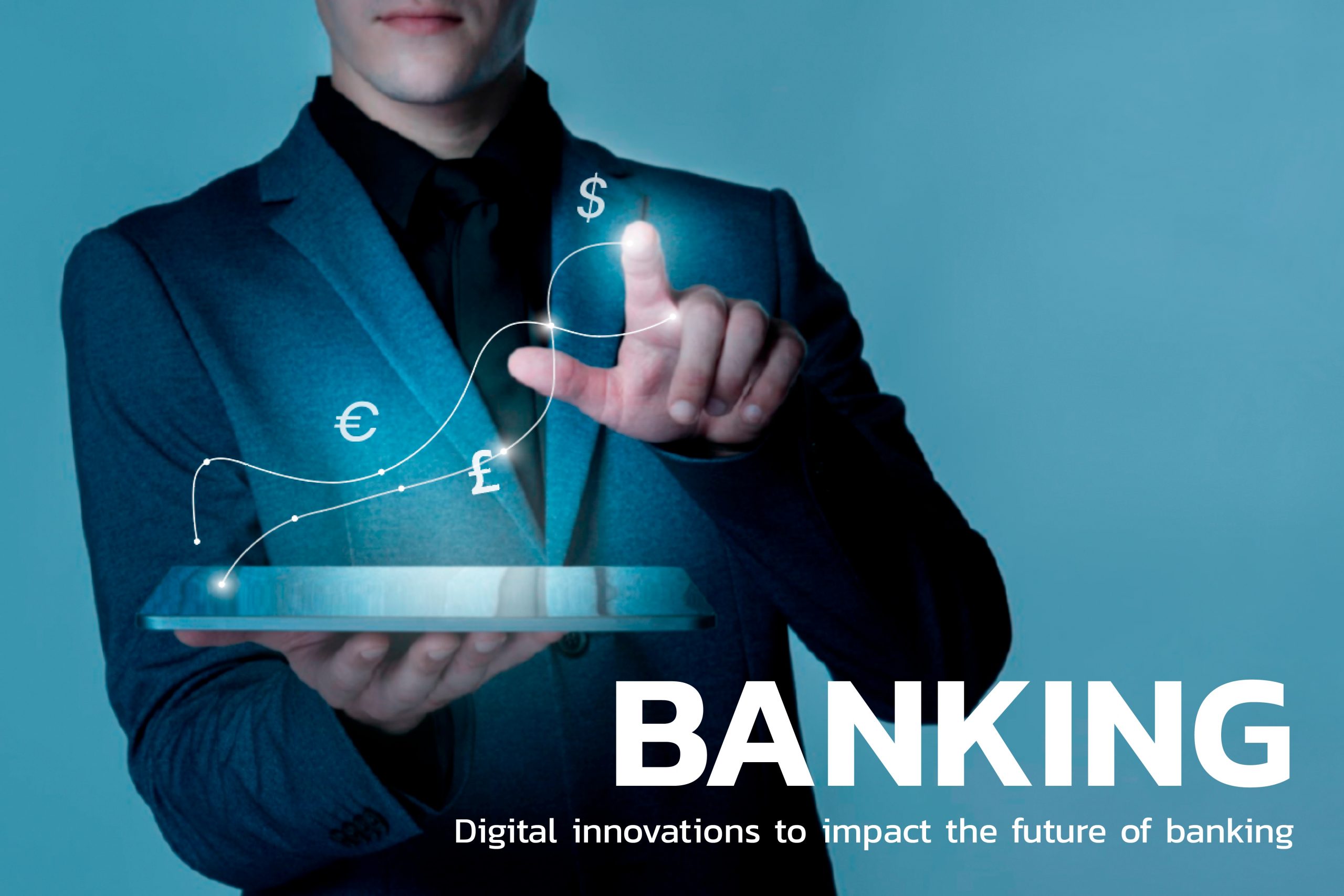
In a sense, the banking industry has been plagued by a certain degree of conservatism when deciding how to tackle the changing landscape of finance. It is because of this that consumers have begun to grow dissatisfied with the banking products and services being offered by their financial institutions. The insistence on dated methods of delivering these products and services has turned cumbersome for many customers.

Such developments in consumer expectations and demands have pressured the industry into a kind of digital banking transformation that better serves retail banking customers. In particular, there is an increasing expectation for banking to become more accessible, digitized, and mobile, as well as to diminish the need for in-person visits to branches.
Having said this, here are four ways in which this digital revolution is shaping the future of retail banking.
Digitalized, Accessible Banking on Mobile Platforms
The shift toward digital platforms has enabled banking to be accessible by customers from their phones. Many banks that have adopted digital banking technologies have since developed mobile applications for customers to make use of various banking services and products directly from their personal devices.
It’s unprecedented that most of what the average users need from their banks no longer requires them to visit physical branches anymore. Accessing the bank digitally this way means carrying the bank with them anywhere they go. While the functions at the moment are mostly basic, it does set precedent for further development and for further minimizing the need for in-person bank visits in the future.

Revitalizing the Customer Experience
The general banking sector’s insistence on sustaining legacy core systems has often come with backlash from their customer base. End-users are convinced that they are seemingly removed from any considerations when banks make decisions on how they run. Customers’ needs tend to be neglected for the sake of the status quo, as financial institutions prefer to avoid the strains of change.
The digital revolution has heralded the first huge step toward returning the customer experience into the discussion. It has so far brought on better convenience and transparency into retail banking such that customers have access and visibility to their accounts anywhere, anytime. Balance checks, bank transfers, and loan status updates can be done in real-time, or at least within the same day.
Should banks grow more inclined toward adopting digital technologies, more banking services can be made more convenient. Instead of coming to the bank to create a new bank account, for example, perhaps customers could do it online or through the mobile app, taking them only a few minutes to complete the process in the comfort of their own home.
Automating Banking Processes
The shift toward digital banking does not only benefit customers but the banks themselves. Letting go of legacy software for advanced programs allows many banking processes on the front end and the back end to be automated.. This greatly reduces the effort and resources needed for banks to collate, organize, and process all users’ data and accounts regularly.
This benefits both the banks and their customers as most services and processes can then be made more efficient and streamlined. For example, user accounts can be checked in real time, and customers themselves can request to update their account information within minutes. In many banks, routine processes like loan approvals, payments, deposits, collections, know-your-customer procedures, and anti-money laundering efforts are now supported by automation technologies.
All of these benefit the banks, allowing them to focus more on addressing their customers’ needs more closely and dedicating more resources toward innovation.

Overhauling the Banking Industry as a Whole
While it seems like a paradigm shift to a tech-centric approach is an obvious consequence of the digital revolution, it actually means a lot more for the retail banking sector and the banking industry in general. Banks have long been reluctant to drastic change, choosing to maintain lengthy protocols and complex bureaucracies in the spirit of conservatism.
Even if such systems have worked well for the past several decades, the approach has begun to show its age. In stark contrast, many other industries have advanced the quality and efficiency of their services as a result of adopting new technologies. In the case of banks, transitioning into digital platforms and methods demands particular changes in how policymakers and thought leaders approach their industry.
Specifically for retail banking, this means optimizing their operations, prioritizing efficiency and delivery of their services over bureaucracy and commitment to the status quo. Furthermore, banking innovations will have to take a more customer-centric direction. Any changes that they make will have to account for user experience and client satisfaction.

Final Words
At the end of the day, banks must realize that it is in their best interest to begin adopting financial technologies and innovations, not only in retail banking but on all fronts. They cannot allow the industry to lag behind the rest of the world as more banking constituents rely on their financial institutions’ capacity to adapt to digital changes.
Inevitably, the integration of technology into products, services, and workflows will only serve to enhance and to optimize an entire bank’s operations. Furthermore, it could potentially set them apart from the competition, preventing customers from finding more progressive banks that are more adaptable to their financial needs.
